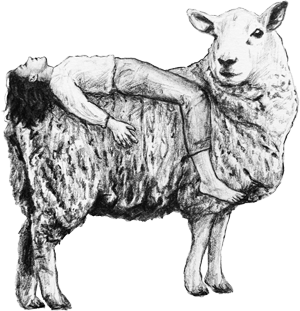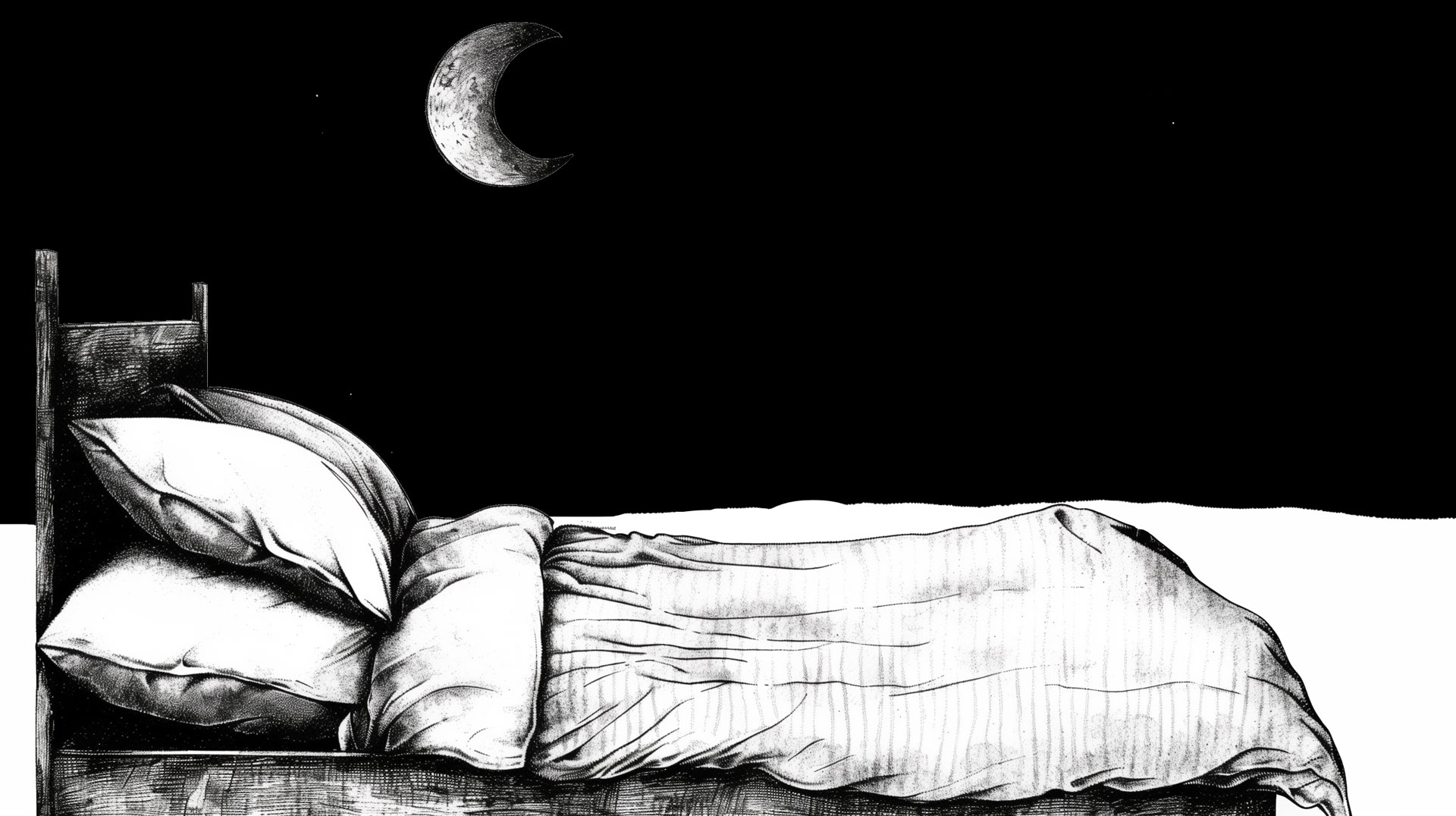Are you wondering why you woke up in an unexpected part of your house, or perhaps you've discovered that your midnight snack habits occur without any memory of them?
You might be experiencing sleepwalking. If the idea of wandering around while you’re still technically asleep sounds unsettling or you suspect you might be a sleepwalker, this article is for you.
We’ll dive into what sleepwalking really is, how common it is, why it happens, and the signs to watch for. Plus, we’ll explore effective ways to manage and treat this condition, ensuring you and everyone in your household can rest a little easier.
In this article, we will cover:
- What exactly is Sleepwalking?
- How common is Sleepwalking?
- Symptoms of Sleepwalking
- Causes of Sleepwalking.
- Treatments for Sleepwalking.
What Exactly is Sleepwalking?
Sleepwalking, or somnambulism, involves getting up and walking around during an episode of sleep. More than just walking, sleepwalking episodes can include a range of activities from sitting up in bed, looking around in a confused manner, to walking to other rooms, or even attempting to perform daily tasks. Despite appearing awake, the sleepwalker is actually still in a deep state of sleep. Their eyes might be open, but they don’t see the same way they do when they’re fully awake, often resulting in clumsy or nonsensical actions.
Sleepwalking typically occurs during the stage of deep sleep, so the non-rapid eye movement (NREM) stage of the sleep cycle. This state is sometimes referred to as „slow-wave sleep.“ Why? Because in this sleep stage, the brain waves are at their slowest. The brain basically shuts off and is less responsive to external stimuli. This might explain why it’s so difficult to wake someone up during a sleepwalking episode.
Understanding sleepwalking also involves recognizing that the brain is in a unique state of being “asleep enough” to keep dreaming but “awake enough” to move around. Normally during deep sleep, our brain keeps us from moving around so we don’t act out our dreams. However, when someone is sleepwalking, this doesn’t happen as it should. Their brain is still in deep sleep, but the part that stops movement isn’t working right. This means they can get up, walk around, or even do things like open doors, all while they’re still mostly asleep.
Scientists are still trying to figure out why this happens. They use special brain scans and sleep studies to learn more about what goes on in the brain during sleepwalking. Understanding this better can help find new ways to help people who sleepwalk.
How Common is Sleepwalking?
Sleepwalking is more common than many people think. Research suggests that:
- About 1 in 3 children aged between 4 and 8 will experience at least one episode of sleepwalking.
- When children grow up sleepwalking becomes less frequent. In adults, the prevalence drops to about 4%, but it can still occur, especially in those under stress or sleep deprivation.
- Sleepwalking is more likely to occur if it runs in the family, indicating a genetic link.
Sleepwalking Symptoms
Some Symptoms of sleepwalking are noticable for others while you are sleep walking. Other symptoms you can check or feel the next morning.
During the Sleepwalking Episode
- Walking during sleep: The most definitive sign of sleepwalking is when someone gets up and walks around while still asleep.
- Unusual behavior: This might include opening closets, rearranging furniture, or even complex actions like cooking.
- Glassy-eyed appearance: If you meet someone who’s sleepwalking, they often appear dazed or detached, with a blank unfocused stare.
- Limited responsiveness: They may seem to hear you but respond with mumbles or unrelated answers.
- Memory blackout: After wakingup, the individual generally forgot everything they did while sleepwalking.
Signs Noticeable the Next Morning
- Evidence of activities: You might find food scattered, appliances turned on, or doors left open. Signs that suggest someone was up and about during the night.
- Physical indicators: Look for signs like dirty feet or small injuries such as bruises or scratches.
- Excessive tiredness: A night spent sleepwalking can disrupt your sleep. This generally leads to noticeable fatigue and daytime sleepiness the following day.
- Confusion upon waking: The individual might wake up feeling a bit more disoriented than the usual fuzziness from just waking up.
Causes of Sleepwalking
Sleepwalking can seem mysterious, with several factors known to trigger these nocturnal wanderings. Here’s a concise overview of the primary causes:
1. Age-Related Tendencies
Children are more prone to sleepwalking than adults. This is because their sleep patterns, children spend more time in the deep sleep stages from which sleepwalking typically arises. As children get into their teen years and grow up time in these stages decreases. This reduces the frequency of sleepwalking episodes.
2. Genetic Factors
Sleepwalking often runs in families, indicating a genetic component contributing to sleepwalking. If a close relative has experienced sleepwalking, you may be more likely to experience the same.
3. Sleep Deprivation
Lack of sleep can increase the intensity of deep sleep stages. This disruptes the normal sleep cycle and potentially leads to sleepwalking. This effect is more pronounced with chronic sleep deprivation and frequent sleep problems.
4. Stress and Anxiety
High stress and anxiety levels can interfere with falling assleep and the smooth transitioning between sleep stages increasing the risk of sleepwalking. Techniques to manage stress, like relaxation exercises, can be beneficial.
5. Medications and Substances
Certain medications that affect the brain, such as sedatives and some antidepressants, as well as substances like alcohol, can alter the sleep patterns and trigger sleepwalking.
6. Unpredictable Triggers
Occasionally, sleepwalking episodes may occur without any apparent triggers, underlining the complexity of this condition and the potential for unknown factors influencing sleep behavior.
Sleepwalking Treatments
While there is no cure for sleepwalking, there are effective strategies to manage it and reduce the frequency or stop sleepwalking:
- Safety Measures: To prevent injuries, secure the environment by locking doors and windows. Also clear the bedroom of hazardous objects.
- Improve Sleep Hygiene: Establish a consistent sleep schedule, and ensure the bedroom is optimized for perfect sleep: quiet, dark, and cool.
- Minimize Stress: Techniques such as meditation, counseling, and regular exercise can help reduce stress. This improves your sleep which decreases the likelihood of sleepwalking episodes.
- Medication: In severe cases, a doctor may prescribe medications like benzodiazepines to help stabilize sleep patterns.
- Anticipatory Awakenings: Waking the sleepwalker about 15-30 minutes before their usual time of sleepwalking can help prevent episodes.
Are There Negative Influences of Sleepwalking?
Sleepwalking isn’t usually harmful, but it can be disruptive and potentially dangerous, especially if the sleepwalker exits the house. Chronic sleepwalking can also lead to sleep disturbances for the sleepwalker and other family members. Naturally, this adversely impacts the overall quality of sleep, and consequently, the overall well being and standard of living.
Conclusion
While sleepwalking can be a mysterious and sometimes daunting condition, understanding its causes, recognizing the symptoms, and employing practical management strategies can significantly reduce its impact on daily life. If you or someone you know is experiencing frequent or dangerous sleepwalking episodes, it’s important to consult with a healthcare provider for a tailored approach to management and treatment. Remember, safety and good sleep hygiene are the cornerstones of managing sleepwalking effectively.



